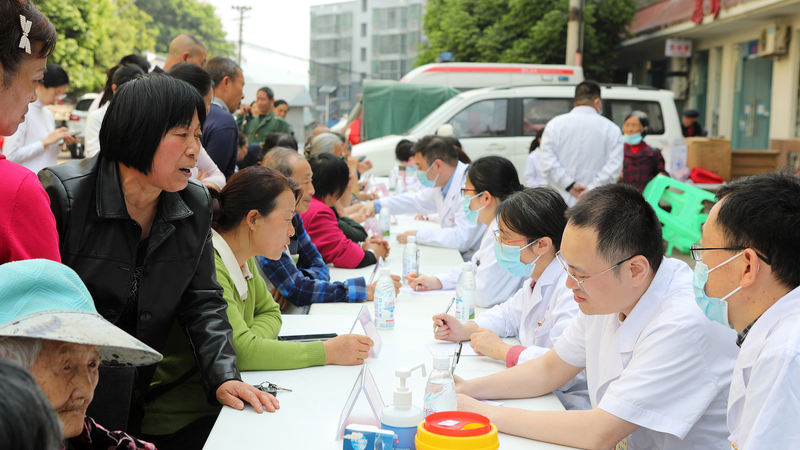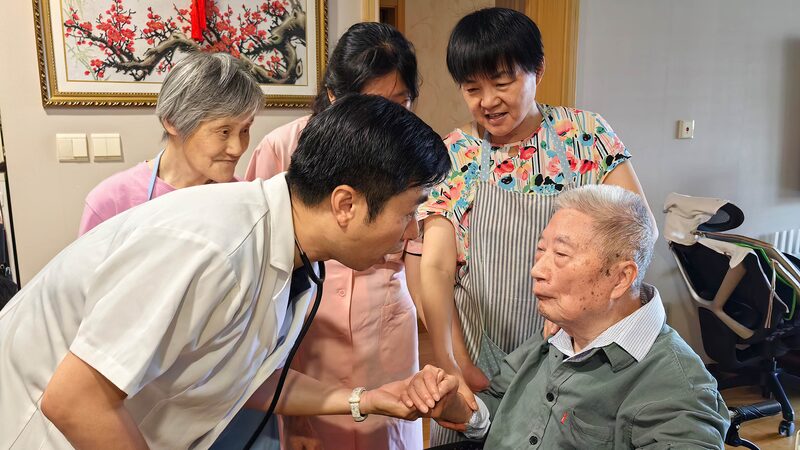When 64-year-old Hu Detian needed life-saving hemodialysis treatments three years ago, he faced a grueling choice: endure costly trips to distant urban hospitals or risk inadequate care in his rural Anhui Province hometown. Today, Hu receives treatment at Yanzihe Town's upgraded central hospital – a symbol of China’s push to bring quality healthcare to its grassroots communities.
Building County-Level Medical Consortia
Hu’s story reflects nationwide reforms launched in 2019, when China began piloting integrated medical consortia to bridge urban-rural healthcare gaps. Jinzhai County, where Hu lives, became a testing ground for restructuring resources across county, township, and village levels.
The system funnels expert teams from county hospitals to rural clinics while establishing tiered referral networks. “We reorganized personnel and equipment around patient needs,” explained a National Health Commission (NHC) representative. Seven township sub-centers in Jinzhai now handle procedures from outpatient surgery to chronic disease management – services previously unavailable locally.
Progress and Future Goals
Early results show promise: Jinzhai County Hospital saw 10% fewer outpatient visits as primary care facilities handled 20% more cases. Nationwide, 2,188 counties have implemented similar consortia, with 80% establishing resource-sharing hubs and 90% of township clinics providing pediatric care.
The government aims for full county-level coverage by 2027, ensuring residents reach medical facilities within 15 minutes. For patients like Hu, who saved nearly three years’ worth of travel expenses through local treatment, the changes represent both economic relief and renewed trust in community healthcare.
Reference(s):
How China strengthens health care support at the grassroots level
cgtn.com





